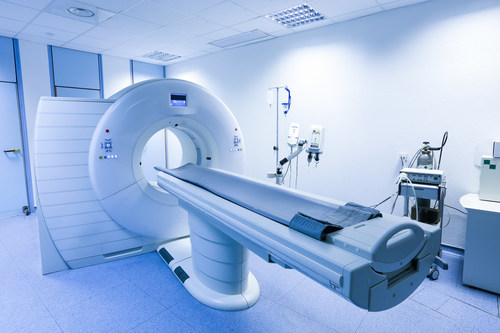SANTA CLARA, Calif.— An estimated 375 million computed tomography (CT) procedures are carried out globally each year, increasing annually by 3%–4%. The rapidly evolving needs of clinicians and radiologists coupled with technology advancements such as photon-counting detector technology, machine learning, deep learning, and spectral imaging have transformed the landscape of the global CT industry. The CT market worldwide is witnessing a gradual shift from low-end CT scanners to mid-high (64 slice) and high-end (128 slice and above) scanners, primarily due to CT technology innovations in reducing radiation dosage and expanding clinical applications in vascular, oncology, cardiac, and breast cancer imaging. As a result, the global CT market is expected to reach $6.14 billion by 2025 from $4.16 billion in 2020, registering steady growth at a compound annual growth rate (CAGR) of 8.1%.
“High-end CT purchases by university/academic and public hospitals in North America, Western Europe, and Japan are expected to propel the high-end CT segment revenue,” said Poornima Srinivasan, Healthcare & Life Sciences Consultant at Frost & Sullivan. “The 16- to 64-slice scanner shipments to diagnostic imaging centers in developing regions of LATAM, India and China are increasing and anticipated to experience moderate growth over the forecast period.”
Srinivasan added: “CT was at the forefront of combat against the COVID-19 pandemic as the majority of countries immediately installed CT for lung screening. Despite new purchases, the capacity of traditional unit shipments per year did not yield its full potential. As such, there is an expected pent-up demand for CT to fulfill needs-based requirements during the forecast period.”


